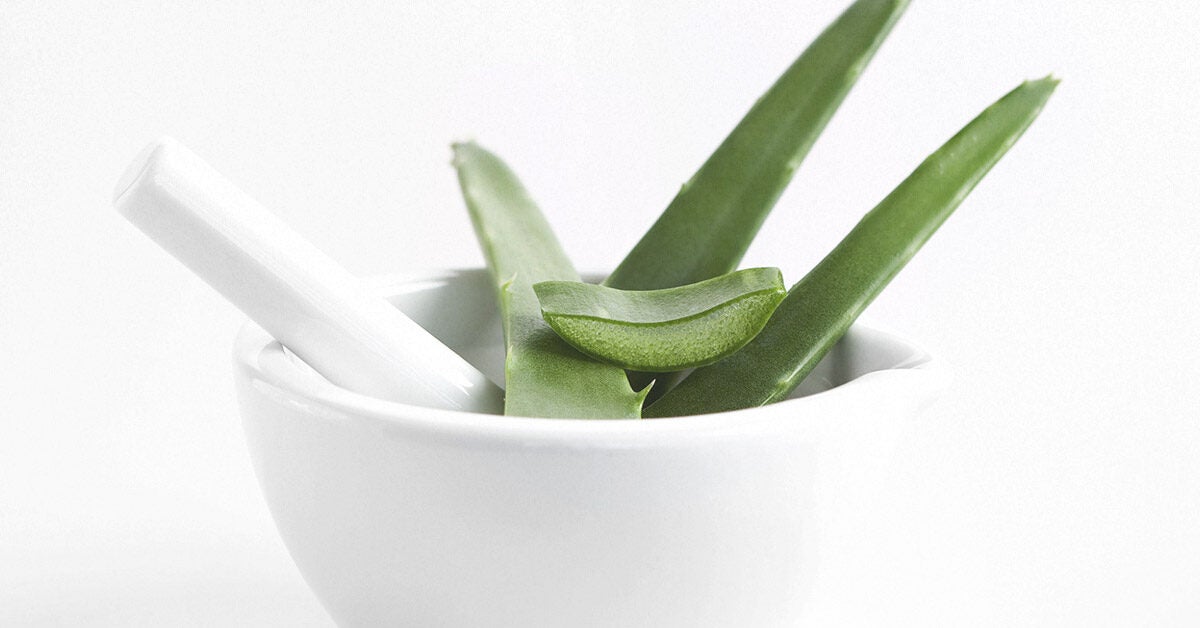Dealing with dermatitis can be incredibly frustrating, especially when flare-ups occur. For those who suffer from it, the search for relief is seemingly endless.
Fortunately, there are ways to identify and manage the symptoms of dermatitis to achieve clearer skin. In this article, we will explore how to effectively deal with a dermatitis flare so that you can have healthier skin and fewer breakouts.
Well, provide tips on what triggers may cause your flare-up as well as which treatments work best for getting rid of irritating symptoms quickly and safely. Get ready to learn how to take control of your skin health!
Identify the Cause of Dermatitis

Identifying the cause of dermatitis can be a tricky process. It is important to note that not all cases are alike and often an individual’s dermatitis may require multiple treatments or therapies before it can be managed effectively.
To start, it is helpful to first consider possible causes such as environmental factors (e.g.
, exposure to certain chemicals or allergens), lifestyle choices (e.g.
, stress levels, diet), and any underlying medical conditions that may contribute to the problem. After considering these potential causes, seeking professional advice from a doctor or other healthcare provider is recommended to accurately diagnose the condition and determine which treatment plan(s) would best suit your needs.
Finally, keeping track of symptoms over time can provide further insight into what might have triggered the flare-up and how best to avoid similar situations in the future.
Treating Dermatitis Symptoms

Treating dermatitis symptoms can be a challenge, as flare-ups are often linked to environmental triggers. Common treatments for managing dermatitis include medications and lifestyle changes such as avoiding harsh soaps or extreme temperatures.
During an outbreak, keeping the skin clean is recommended with gentle cleansers and lukewarm water. Moisturizing creams may also help relieve discomfort caused by dryness and itching, while corticosteroid medications can reduce swelling and inflammation associated with severe cases of dermatitis. Other helpful tips involve limiting stress levels which can contribute to flare-ups, wearing loose clothing that won’t irritate your skin further, or using antihistamines if reactions cause allergic reactions in certain individuals.
With proper treatment and preventive measures in place, it’s possible to see positive results from dealing with dermatitis quickly while enjoying healthier-looking skin long term.
Preventing Future Flare-Ups of Dermatitis

Preventing Future Flare-Ups of Dermatitis is a priority for those who have been afflicted by the condition. Taking proactive steps to establish an effective skincare routine can reduce the frequency and intensity of flare-ups. A good starting point is to identify triggers that could lead to a flare-up, such as stress, certain foods, or environmental allergens.
Once these are identified it’s important to take steps to minimize exposure whenever possible; this may include avoiding particular activities or changing your environment if necessary. Regularly moisturizing with hypoallergenic products can also help keep skin hydrated and healthy while protecting against irritants.
Finally, staying on top of any underlying medical conditions like allergies or asthma will ensure they don’t worsen existing dermatitis issues. By taking these preventative measures you’ll be better equipped at managing future flare-ups should they occur.
Home Remedies for Relief from Dermatitis

Dermatitis is an inflammatory skin condition that can cause redness, itching, and flaking of the skin. While it may not be possible to cure dermatitis completely, there are a few home remedies that can bring relief from flare-ups and associated symptoms.
Apple cider vinegar is one natural option for treating dermatitis due to its anti-inflammatory properties. To use apple cider vinegar as a remedy for dermatitis, mix equal amounts of water and apple cider vinegar in a bowl then apply it directly onto the affected area using cotton balls or swabs.
Leave on for 10 minutes before rinsing off with warm water. This should be done twice daily until symptoms improve.
Another popular home remedy for treating dermatitis is coconut oil which helps moisturize the skin while also providing antibacterial benefits that help reduce inflammation associated with the condition. Apply coconut oil directly onto affected areas several times per day as needed to keep inflammation down and provide hydration to dry, irritated patches of skin caused by dermatitis flares.
Aloe vera gel has long been known as an effective treatment for many types of skin conditions including eczema and psoriasis both related types of dermatitis. The gel contains compounds like salicylic acid which helps reduce redness & itchiness while providing moisture relief at the same time making aloe vera an ideal choice when dealing with this type of irritation or pain caused by inflamed dermal layers below the surface level.
Simply cut open an aloe plant leaf then apply extract directly onto the affected area(s) leave on overnight before washing off to maximize effectiveness over time!
Conclusion

and not the other is important to remember that when dealing with dermatitis, there are no one-size-fits-all solutions. Different treatments may work at different times for different people.
While prescription creams can be very effective in treating flare-ups of eczema, sometimes eczema cream can work, and sometimes they do not work as expected. In these cases, it is important to consult a doctor or healthcare professional who will be able to suggest alternative treatments that could help clear the flare-up.

